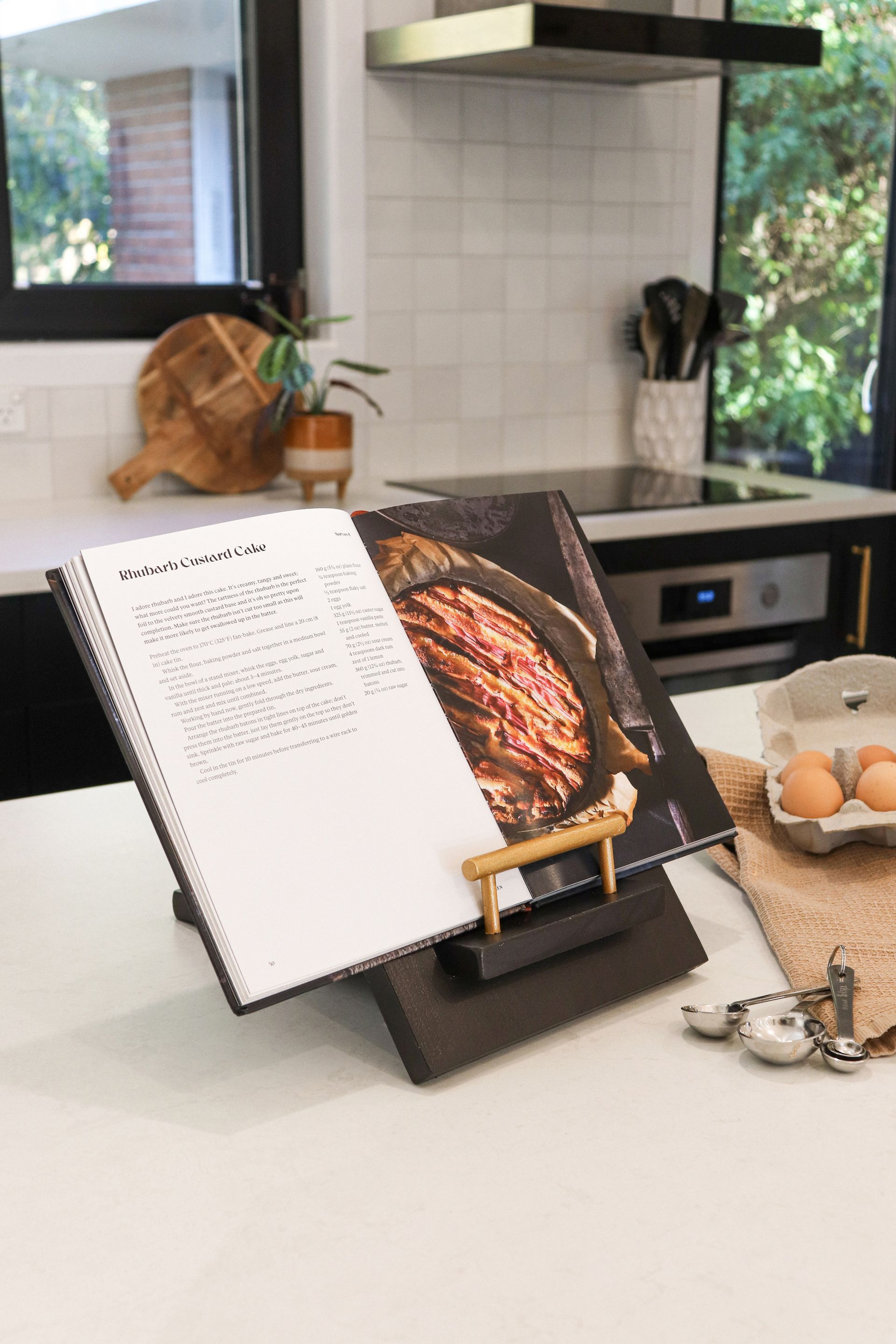David Fox’s career has spanned over half a century covering the wilds of Borneo as well as major residential projects in Canterbury.
David Fox always knew that a purely desk job was never going to be quite sufficient. Whether it was growing up next to Rapaki Track on the Port Hills with his two brothers and chasing rabbits armed with an archery bow, or exploring the dense jungles of Borneo as a surveyor, adventure and the outdoors have been constant companions.
David, who was born in New Plymouth in 1941, came to Christchurch when he was only six months old, and firmly regards himself as a ‘Cantabrian’. His father was a senior journalist and deputy editor at The Press. Unfortunately he died at the age of 54. ‘It was a great experience as a teenager to view the subeditors at smoko time sitting around sucking on pipes, pondering and discussing national or international news,’ says David.
David, his twin brother Ian, and older brother John were among the 280 boarders at Waitaki Boys’ High in the 1950s. ‘[It was] a spartan existence, sleeping in open dormitories all year round, morning runs, with a cane to maintain discipline – but great comradeship.’
John was head prefect in 1958 and went on to become senior partner at law firm White Fox & Jones. Ian became a partner in accountancy firm Goldsmith Fox and David qualified as a professional surveyor MNZIS in 1964. ‘Sitting in hot school rooms made me realise I needed a job with a mix of technical and creative indoor-outdoor work. I knew that having a professional qualification would enable me to earn good money while seeing the world.’
In 1966, David succeeded in getting a position with the Land and Survey Department in Sarawak as a professional surveyor paid under British Overseas Aid. Sarawak, at 124,000 square kilometres, is approximately the same size as the South Island and David’s first major role was in the Sibu District, covering about one third of the country area with responsibility for 35 survey parties, a drawing office of 45 staff, and a planning team covering development and planning issues across the district. ‘As a surveyor I was happy to go anywhere, talk to anyone, eat anything, sleep anywhere. I just didn’t fancy being a poor volunteer abroad stuck in a small village.
‘I worked in Sarawak from October 1966 to April 1973 with six months’ paid leave between contracts – great colonial terms!’
From 1973 to 1979, David worked as a subdivision designer and project manager with Christchurch Estates, the major residential development company in town at that time. In 1974, with the Labour Government pushing housing, Christchurch Estates developed and created some 500 sections. With financial problems affecting Christchurch Estates, he then took up an 18-month appointment with New Zealand Foreign Affairs in Sabah, North Borneo, in 1979.
‘The role was to design roading networks through jungle areas, to create 15-hectare sites for landless people. My most memorable assignment was planning and undertaking the 1:50,000 mapping of a remote 25,000-square-kilometre area back on the Indonesian Sarawak border. The field survey took some two years to complete, placing, fixing and recording the position and level of large white crosses for the aerial survey plane to photograph as it flew the prescribed flight lines.
‘I could be upriver for between one to three weeks at a time and on average spent every second night over this two-year period in the jungle, travelling with six to seven helpers or porters, and sleeping in Iban longhouses or in a bivouac in the jungle. We had rice for breakfast, rice for lunch and again at night. Plus salted fish, sometimes fresh greens, chillies, and the odd cabbage. On one occasion at 4,000 feet I watched the Ibans [the indigenous people of Borneo] all cuddled up together on a bark platform to keep warm.’
There were plenty of hairy moments. ‘I was 270 miles [434 km] up the 450-mile [724 km] long Rajang River and having a swim in smooth water when I was suddenly drawn under by the current and into the major flow of the river. I struggled to fight the waves and finally came up on a rock some 50 to 60 metres downriver. My labourers applauded loudly and asked me to swim back. Yeah, right.
‘Another incident was when we were travelling upriver, turning around a tight bend, and our longboat suddenly collided head-on with a local longboat. The other guide flew up into the air with a splinter in his forehead. We had to take a long trip downriver to a dispensary. Our boat sank.’
In 1981, David returned to Christchurch and established Fox and Associates, a survey and land development consultancy, which has specialised in hillside residential development on the Port Hills over the last 40 years. His son Carl is now managing director.
David won the supreme award from The New Zealand Institute of Surveyors for his concept and design of the Broad Oaks development in 1995. A brass plaque was placed at the entrance to the development to commemorate the award. The development, which runs from the Heathcote River to the top of Huntsbury Hill, comprises 290 sections and took 10 years to complete.
A passionate cricket player, David was closely involved in Canterbury Cricket’s effort to establish Hagley Oval – which quickly became an iconic cricket ground that has re-established Christchurch’s cricketing status internationally. Along with Sir Richard Hadlee and former New Zealand captain Lee Germon, David was invited to speak at a public Christchurch City Council meeting to discuss Hagley Oval. As a member of the Ministry for the Environment working party that produced the Urban Design Protocol in 2004, his experience was useful when using the 7Cs framework to address the council to advocate the Hagley Oval application in 2012. David focused on the urban design issues as listed in the 7Cs of the urban protocol: context, character, connectivity, creativity, collaboration, choice and custodianship.
Longboats on a surveying expedition in Borneo. There were a few hairy moments.
David has been the major funder and driver of the resource consent that was recently granted to Upshot Coffee to continue operations as a takeaway coffee outlet on Bridle Path Road. ‘Whilst there were a number of difficult planning issues to address, it seems the support of 2,000 petitioners might have been helpful,’ he says. ‘Urban design should focus on people, property and places and that is what we were able to achieve when supporting Upshot Coffee’s application.’
He remains critical of some new developments. ‘The requirement by ECan for developers to produce 15 house sites per hectare on new green field developments has not produced great results. Sameness prevails. Sometimes beautiful mature trees are being destroyed in order to achieve the 15 sites. All residential areas need large trees. The large Beach Grove development at Kaiapoi, while an intensive housing site, is a development that mixes house styles, colours and form and avoids the sameness that many developments on the outskirts of the city display.’
David and his wife Yvonne reside in the Redcliffs area, enjoying the ‘views, hillside walks and garden’ and have two children, Carl and Nicoli, who each have a son and a daughter. They travel extensively, which David relishes. ‘Our last trip in 2019 included a bus trip across the Baltic States then to Saint Petersburg across the lakes, and down the Volga to Moscow.’
As a young boy, David’s father used to call him the ‘wild man from Borneo’ – was this simply a planted seed or a prophetic vision by his insightful journalist father?
Recent stories



All Rights Reserved | CountryWide Media





